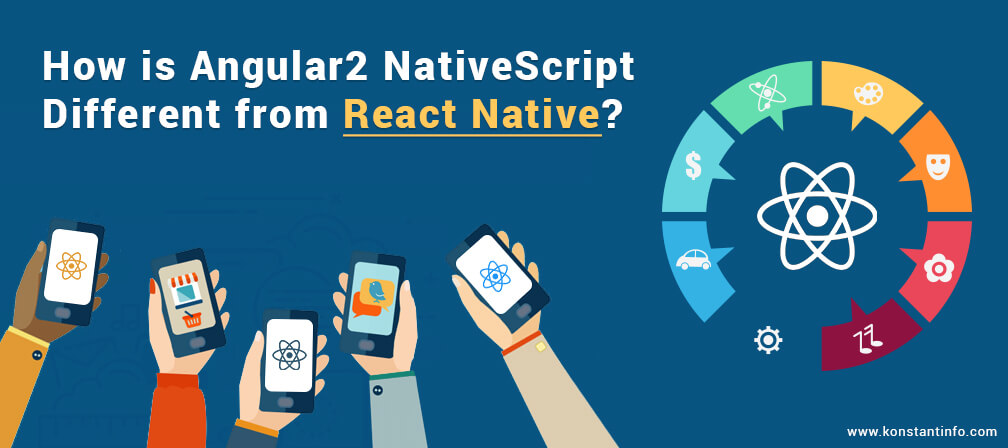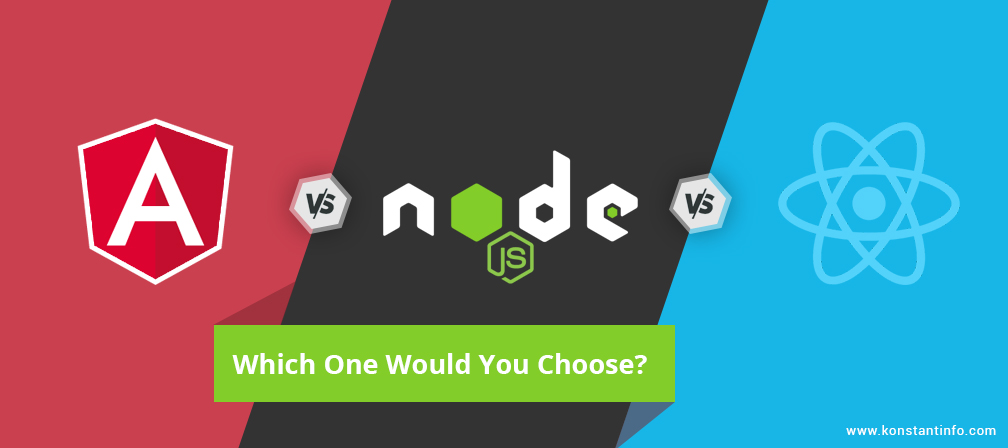
Do you want to build a native app for your business or offer an experience similar to that of a native application? This question continues to trouble app owners especially with the rise of hybrid apps. Today, most of the businesses look for solutions that require less effort and are developed quickly. Being reliant on modern-age techniques, app owners prefer building a native application so that their users are accustomed to the best of quality and experience.
However, times have changed. The cross-platform apps are trending as people prefer quick solutions while developers rely on the advanced tools and platforms for building complicated apps within a short span of time. With numerous advantages over hybrid applications, native apps have ruled the fraternity for so many years. It’s due to the ability to embed features brilliantly, to let the app perform functions in a sublime manner and to embrace the hardware in an ideal manner, which still is beyond hybrid framework’s competence. Now coupling this with the framework that’s quick, easy and agile would not only provide an idiomatic experience to the users regardless of the device they use but would help in attenuating the costs required to build a fully functional native app.
In this article, we’ll cover and analyze what exactly the combination of NativeScript and Angular 2 has to offer the tech world. Additionally, we’ll also examine React Native and compare the two for you to take a wise call.
React Native is a tool for developers launched by Facebook in 2015 that has mitigated their lives significantly. The tool allows the developers to use the same JavaScript code on both the operating systems, iOS as well as on Android. The tool worked wonders for the developers allowing them to easily host the native elements instead of regular web views and HTML components. The workload from developers’ shoulders was reduced as all magical things tend to happen without even adding a line of code in the file. For example, implementation of alert windows was made easy by using UIAlertView on iOS and android.app. AlertDialog on Android. Further, the capability of the tool enhanced when it was coupled with React’s speed, which allows you to build a super powerful cross-platform mobile application without making you write the entire code again.
Kendo UI, introduced by the team at Telerik was intended to produce magical stuff (in this case hybrid and HTML5 apps) by blending it with the popular Angular framework. The resultant was potent enough to yield impressive cross-platform UI experience by simply using the in-built tools of the framework.
However, the picture changed completely for the experts at work when they tried to extract the native-like experience while working on NativeScript and Angular 1.x, which created problems due to the dependence of Angular 1.x on DOM for rendering.
The advent of Angular 2 brought smiles on everyone’s face as things took a positive turn from there on. Angular 2 was not tightly coupled with a DOM for rendering that allowed NativeScript developers to produce similar results as that of Facebook’s, when their team worked on React Native. This gave birth to the combination of Angular 2 and NativeScript, which is highly competent in deriving native experience with the single code being run on multiple mobile device platforms.
The fundamental difference between the two, lies in the approach they follow in creating mobile applications with the help of the same written code base. Both of them have their advantages and disadvantages, which can’t overlap to dismiss the other. Let’s see what they have to offer.
NativeScript, on one hand, follows a comprehensive approach and work on the universal principle of “write once, run anywhere”. This approach makes it easier to deploy UI elements across multiple platforms in a transparent and a repeatable manner. Eventually, this aids you in building cross-platform apps that are more consistent, powerful and declarative in every sense.
While on the other side we have React Native that reflects its multi-platform nature when building apps, which implies that while building platform-independent apps you, as a developer, can get in the details of a specific UI layer. React supports the management of varied UI renderings for different platforms while NativeScript focusses to building a singular development experience regardless of the platform.
Therefore, the magic happens when you couple it with React’s speedy rendering and execution. The resultant apps are more powerful supporting a wide range of platforms and a bevy of platform-specific components- all with the same code base.
The ultimate decision of which approach to follow depends on your application’s needs. Heavy data apps that rate data storage above anything else will likely favor NativeScript while for an appealing and speedy app React Native is preferred. However, if you wish to try hands on the combination of Angular 2 and NativeScript, you’d require using a traditional Angular architecture and you’ll also be introduced to the additional dependencies, which isn’t the case with React Native. It handles cross-platform functionality quite nicely and React Native app development doesn’t require a traditional Angular architecture to get the things rolling.
Cross-platform app development has levelled up big time, be it NativeScript or React Native app development. The cross benefits on offer are certainly breathtaking. In the end, everything comes down to the needs of the application to be developed. The choice you make for developing the mobile app will be crucial.
React is a lightweight rendering framework that helps you develop apps fast with the help of tools it packs within while on the other hand Angular, is a more comprehensive and assertive way of doing things, which extends further with the inclusion of NativeScript. Thus, the choice is yours.
If the confusion still prevails and you find it difficult in finalizing, then feel free to bank on our expert guidance. Reach out to us with your queries at [email protected] and let our experts do the needful on your behalf.



An IT Engineer, a Digital Marketer and a Content Marketing Specialist, Sahil Miglani enjoys technical as well as non-technical writing. His passion and urge for gaining new insights on gadgets, smartphones and technology has led him to Konstant Infosolutions. He quenches his thirst for technology through his action oriented writing skills and a profound ability to stay up to date with latest industry trends. Besides this, Sahil is a sports appreciator, a Sachin Tendulkar fan and a keen follower of cricket. He also has a flair for writing sports content. He lives with the belief that his hobbies have turned into his profession, no wonder he is writing wonders.
Or send us an email at: [email protected]